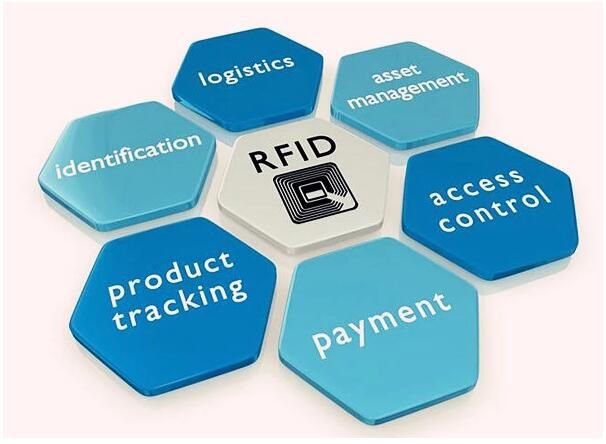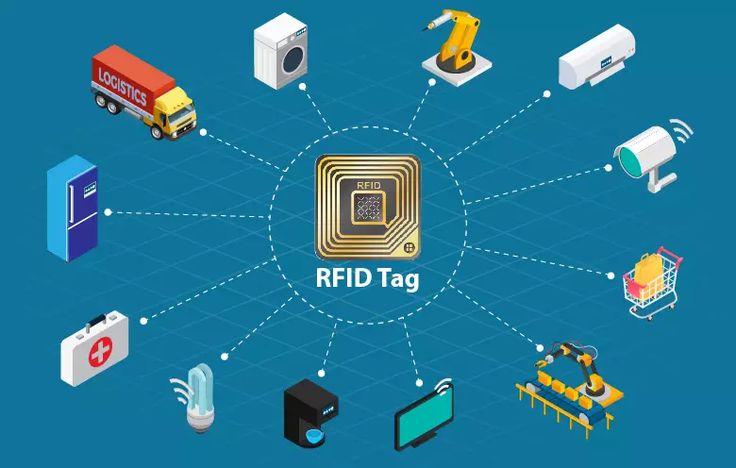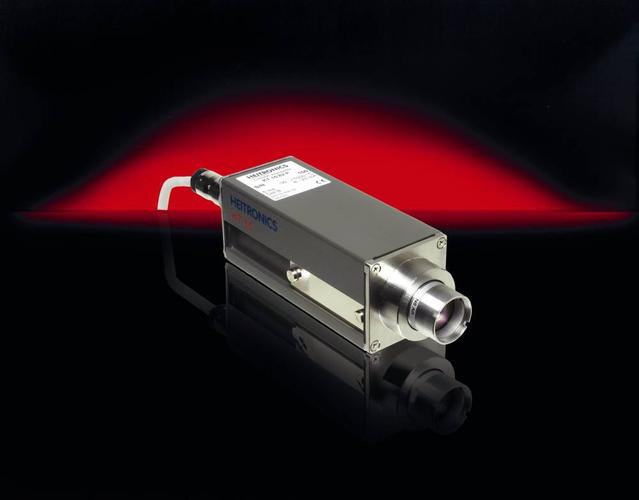Invisible Web: Forgotten Radio Frequency Identification
In our digital life, screens, chips and pixels constitute most of the narratives. However, there is an invisible and almost forgotten technology that permeates every corner of modern society like a capillary, and it is Radio Frequency Identification (RFID). This seemingly ancient technology is far from being as simple as we thought. It is not only an upgraded version of the anti-theft label in the supermarket, but also a key puzzle to build a seamless interconnected world in the future.

Most people's understanding of RFID stays on passive tags-that is, thin sheets that rely on electromagnetic waves emitted by readers to obtain energy and send data without batteries. They are widely used in access cards, logistics tracking and even pet chips. Their operating principle is simple and elegant: when the tag enters the RF field emitted by the reader, the coil inside the tag senses energy, converts it into direct current to power the chip, and then activates the chip to modulate the stored information and send it back to the reader. This process is completed in the blink of an eye, silently, but it completes a light speed exchange of information.
But the real charm lies in its evolution. The emergence of active RFID tags has pushed this technology to a new dimension. These tags have built-in small batteries, which can actively transmit signals, and their communication distance can reach hundreds of meters. Imagine that every pallet and even every packing box in a warehouse is equipped with an active RFID tag. They no longer need to wait to be "scanned", but constantly send their position and status information to the central system. This makes inventory management change from passive inventory to real-time perception, and builds a dynamic and visual supply chain network.

The more subversive application lies in the integration of RFID and other technologies. When it is combined with the Internet of Things (IoT) sensor, a perceptive tag is born. For example, an RFID tag with temperature and humidity sensors can not only tell the system what it is and where it is, but also report its microenvironment. This is very important in cold chain logistics. A box filled with vaccines or precision electronic components can report whether the internal temperature is kept within a safe range in real time, and give an early warning once it exceeds the standard. This ability promotes the traditional identification technology to the level of environmental awareness.
In the future, the antenna of RFID will extend further. It may no longer be just an "identity card" attached to an object, but embedded in the material itself. Imagine that there are countless tiny RFID tags with sensing ability built into the composite wing of an airplane. These tags can continuously monitor the stress, microcracks and even corrosion of materials, and send "health" data back to the ground station in real time. This makes the maintenance of complex machinery change from regular maintenance to predictive maintenance, which greatly improves the safety and reduces the cost.

From passive identity tags to active environmental sensors to embedded health monitoring networks, RFID is quietly reshaping our understanding of the relationship between information and the physical world. It proves that the most powerful technology is not always the most striking. Like a quiet magician, it weaves a more efficient, safe and intelligent future in silence. We may not see it, but it is everywhere. The next time you swipe your access card or scan goods on the self-checkout machine, you might as well stop and think about what a grand world is hidden behind this forgotten technology.
(Writer:Hoock)





